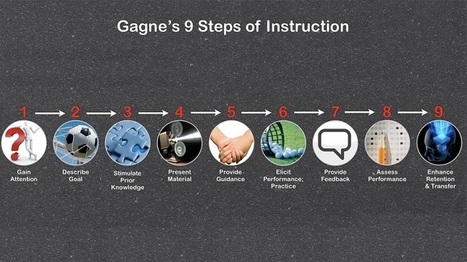We are going to be discussing many aspects of interactive learning materials, so we might as well agree on a common working definition. Since the start of eLearning, many things have happened and many more will for sure. For those committed to the learning and engagement of their learners, the idea of an interactive material should by now be well beyond having a place where you can see some images and click next. When we talk about interactive learning materials, it means that the learner is not passively going through and trying to sip in the contents but it means that they have to solve problems, make decisions, look for pieces of information, test assumptions and take risks.
Via Elizabeth E Charles



 Your new post is loading...
Your new post is loading...














